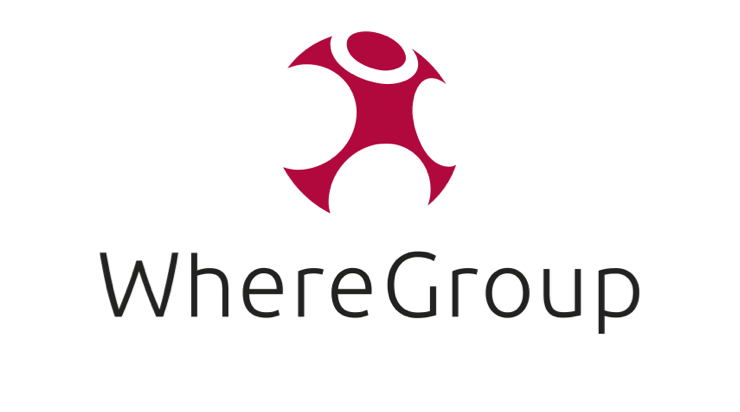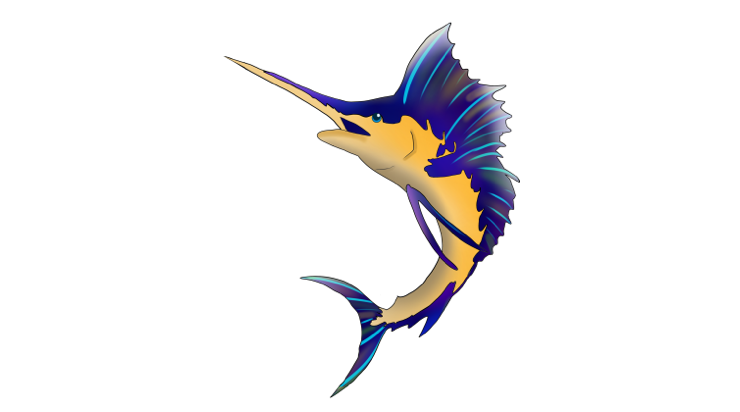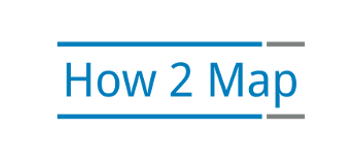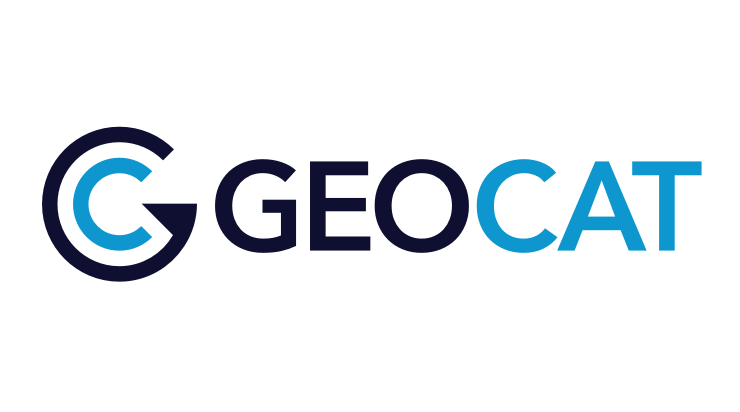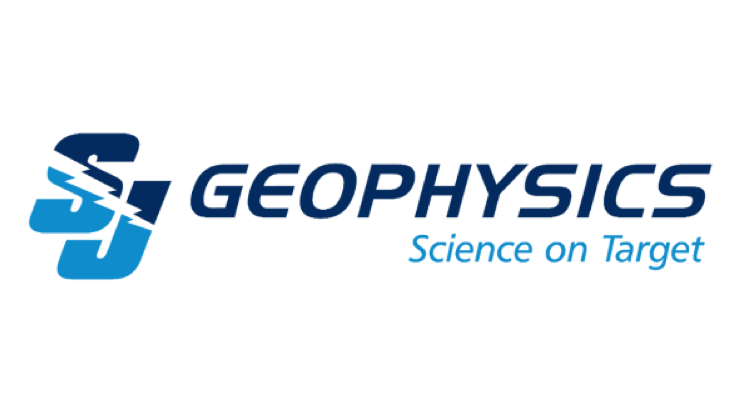Steve Lime is the lead developer of MapServer, a leading web mapping package. At the FOSS4G 2007 conference, Steve was honored with the Sol Katz GFOSS Award for 2007.
Q:: Tell us a bit about yourself?
A: I live in Lino Lakes, Minnesota (about 20 minutes north of St. Paul) with my wife Julie and daughters Annika and Erin.
I have a M.S. degree in Forestry with an emphasis in remote sensing from the University of Minnesota (UMN) and a B.A. in Mathematics from the University of Minnesota, Duluth. Beginning in 1991 I was employed as a research specialist in the Department of Forest Resources, Remote Sensing Lab. I worked on a wide variety of interesting projects including one called ForNet that produced the MapServer project. Presently I work for the Minnesota Department
of Natural Resources in St. Paul. I manage their central application and database development group. It’s primarily a business application (e.g. financial systems, fleet management) development group but we also handle the DNR websites so I still oversee all of the web-based mapping the agency does.
In addition, I teach a short 1.5 credit course on web mapping for the Department of Geography at the UMN and also run a small company that provides a place to post geospatial jobs on the web (www.gjc.org). I do a bit of consulting as well.
My interests outside of work include cooking, golf, wilderness camping and playing the drums.
Q: How long have you been working in the geospatial domain and why?
A: I was introduced to GIS while I was looking into graduate programs in 1988 or so. I started graduate work in forest measurements but quickly gravitated towards geospatial applications. All of my initial experience was in satellite remote sensing using ERDAS and Khoros with a bit of GIS thrown in using systems such as EPPL7, SPANS, GRASS and Arc/Info. Formal coursework was hard to come by in those days so I am pretty much self taught.
Q: What are you using geospatial software for – what software are you using to get the job done?
A: My focus for years has been on providing public access to information using the Internet. It just so happens that maps are an incredibly useful tool for doing that. I look at a our organization’s website (www.dnr.state.mn.us) and see an endless number of opportunities to present or enhance content using geospatial software and data. Spatial context is everywhere.
As I mention below we use a wide variety of open source software to deliver solutions. Our GIS section (I’m not with the GIS group) is primarily an ESRI shop, but when it comes to the web we are exclusively open source. The DNR IT group is full of folks with backgrounds in geospatial technology so in one way or another it permeates everything we do.
Q: What attracted you to the projects you are using or participating in?
A: MapServer exists simply because there were no decent alternatives at the time. I certainly wasn’t looking to start an open source project so MapServer was born out of necessity. I had certain deliverables that needed to be developed and the tool evolved around those requirements. Once I started working on MapServer I knew that there were plenty of other opportunities where the application could be useful so I always had public distribution in the back of my mind. In fact, there were several users of the software outside of the University long before MapServer adopted an OSI approved license.
I continue to participate in the project because it’s a lot of fun. I enjoy working with the development team and seeing users solve problems using the software.
As for other projects? I look for tools that I can be productive with immediately and that integrate with what I already know very well (e.g. MapServer). I don’t tend to spend a lot of time playing with software so the initial 30 minutes are important.
Q: Are you involved with any of the OSGeo governance or committees?
A: I wish I was more active. At the moment I am a member of the Incubation and Conference committees.
Q: What open source projects are you contributing to as a developer?
A: My position at the DNR doesn’t allow time to participate as a developer so any code writing happens at night after my kids have gone to bed. With limited time I’ve focused almost exclusively on MapServer.
I’ve done a bit of client-side tool development over the years (jBox/dBox) but nothing that has seen wide-spread use.
Q: What open source projects do you consider yourself a user and why are you using them?
A: My development work at the DNR allows me to be an active user of a number of open source tools besides MapServer. On the geospatial side I am an active user of GDAL/OGR, PostgreSQL/PostGIS, OpenLayers, ka-map, QGIS, Proj.4, GRASS, GeoTools and GEOS. Beyond that our development group makes use of a dozens of other open source tools: development languages and frameworks, databases, development infrastructure, directories and of course the OS. Even our commercial deployments are almost exclusively Linux-based.
Why? Cost is one reason, but not the primary one. In the end the software needs to be able to allow us to deliver solutions to real problems. The open source software we use does just that. We always look to free software first (why wouldn’t someone) and then to commercial offerings if need be. We have a great
track record with open source so it is not a difficult sell in my organization.
Q: Is your company using code from these projects and if so please describe how and why if you can?
A: We use open source in every project we do, it’s literally everywhere. We operate in the neighborhood of 30 web GIS applications and services of various complexities. Our GIS staff developed and maintain the “DNR Garmin”, an extremely popular stand-alone program and/or extension for ArcView/ArcGIS – and it’s projection engine is Proj.4.
One of the more interesting applications is a state-wide burning permit system that allows citizens to purchase permits online and then activate permits, if restrictions allow it, online or by phone. That application was developed using Ruby-on-Rails, uses MapServer for locating permits, and Asterisk PBX for IVR functionality. The application gives agency staff and emergency response personnel immediate access to burn locations and the ability to quickly shutdown portions of the state if weather conditions dictate.
Q: What operating systems are you using (Windows, Linux, BSD, Apple, etc.)?
A: My application development platform at work is SuSE Linux 9.2. At home I use MacOS as my MapServer development platform.
Q: What programming languages do you use (scripting and compiled)?
A:For MapServer it’s C and C++. Most of my end-user application development is done in Perl, Python, Java and Javascript. My development staff at the DNR are big Ruby fans but I haven’t had the time to dive into that yet- someday I hope…
Q: What spoken/written languages are you fluent in?
A: Only English. *sigh*

